How Domain Age Affects Cold Email Deliverability
Rachel Cole
Last Update 5 maanden geleden
When it comes to cold email campaigns, domain age plays a crucial role in determining the success of your outreach efforts.
Understanding how domain age impacts deliverability can help you optimize your email marketing strategy and improve your chances of reaching your target audience's inbox.
- Established reputation: Older domains have had more time to build a positive sending history.
- Reduced scrutiny: ISPs and ESPs are less likely to flag emails from established domains as potential spam.
- Whitelisting: Long-standing domains with good practices are more likely to be whitelisted by spam filters
New domains face several obstacles when it comes to email deliverability:
- Lack of sender history: Without a track record, ISPs are more cautious about emails from new domains.
- Blacklisting: Some blacklist providers automatically include recently registered domains
- Stricter filtering: Emails from new domains undergo more rigorous scrutiny, increasing the chances of being marked as spam
Whether you're using a new or established domain, follow these best practices to enhance your cold email deliverability:
- Warm up your domain: For new domains, spend at least 1-3 months using a warm up tool to build a positive reputation.
- Authenticate your domain: Implement SPF, DKIM, and DMARC to verify your domain's legitimacy
- Maintain list hygiene: Regularly clean your email list to remove inactive or invalid addresses
- Monitor sender reputation: Keep an eye on your domain's reputation and address any issues promptly
- Monitor domain and ip blacklisting: Regularly check to see if your domain or IP has been listed on a blacklist. You can use Mailivery's blacklist monitoring to get alerts on any blacklist reporting
Wart to learn more? Dive deeper on how to establish your domain reputation cold emailing
Overall, building a your domain reputation requires patience, following best practices, and subscribing to a reliable warm up tool (not all warm up tools are equal)

